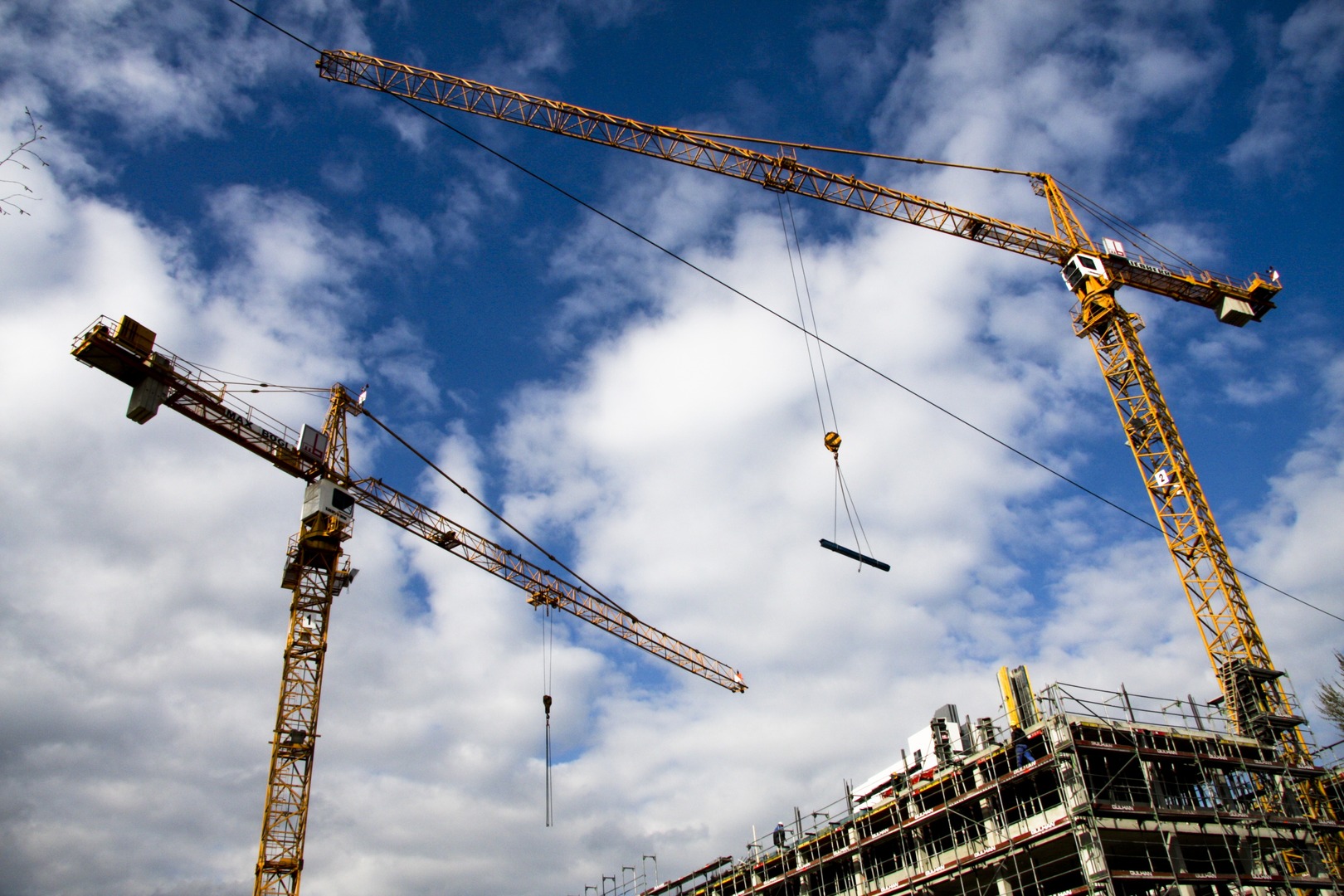Housing construction comes under pressure from rising interest rates
Rising inflation and higher interest rates have tested European countries severely. And even countries whose markets were considered extremely resilient have felt the weakening of their economies. The effects of 2022’s difficulties are also felt in Sweden, where housing construction has slumped considerably. The decline is associated with a sharp fall in real estate prices in the country, and it became the strongest among the European states. Bloomberg experts also note the decline in living standards of the population, which affected its purchasing power.
Analysts attribute the sharp decline in construction volumes to ineffective mechanisms in the housing market. Over the past 20 years, the segment has seen a surge in price growth of about 250%. Demand for real estate was extremely high, driven by low-interest rates and credit availability. Between 2002 and 2022, mortgage loans increased by 459%. Another factor in this growth was the shortage in the rental sector.
Until last year, the problem of a growing property market bubble problem was not perceived as extremely serious because of Sweden’s stability and growing economy. However, tightening monetary policy to curb inflation has forced the regulator to raise interest rates. This primarily affected middle-income people, for many of whom it became impossible to pay their mortgages.

Challenges of housing construction in Sweden
A wave of developer bankruptcies, which swept through Sweden in January 2023, also exacerbated the situation in the country. Developers faced a sharp drop in property demand and could not meet their debt obligations. Experts predict that construction will fall by around 50%. In addition, the decline in house prices will continue this year.
Real estate in Sweden has been getting cheaper since October 2022, when the value of flats fell by 6% and houses by 5% in just one month. At that time, a square meter of apartments in the country cost around USD 3956. House prices are expected to fall by 15% from their peak in January 2022. And analysts revised their forecast from 10% to 15% after the Central Bank raised the rate to 2%.
The increase in the index is putting pressure on loan repayments. Previously, mortgages accounted for 4% of total household income. Now loan costs have risen to 8%. Analysts believe a further increase in the interest rate will stimulate a slump in the property market and demand for properties.
It should be noted that in Sweden, about 90% of all home purchases are made using mortgages. And the loans can be issued for 50-70 years, and their repayments can be passed on as an inheritance. Higher rates will make it more challenging to repay the loan, affecting the banks’ stability.
